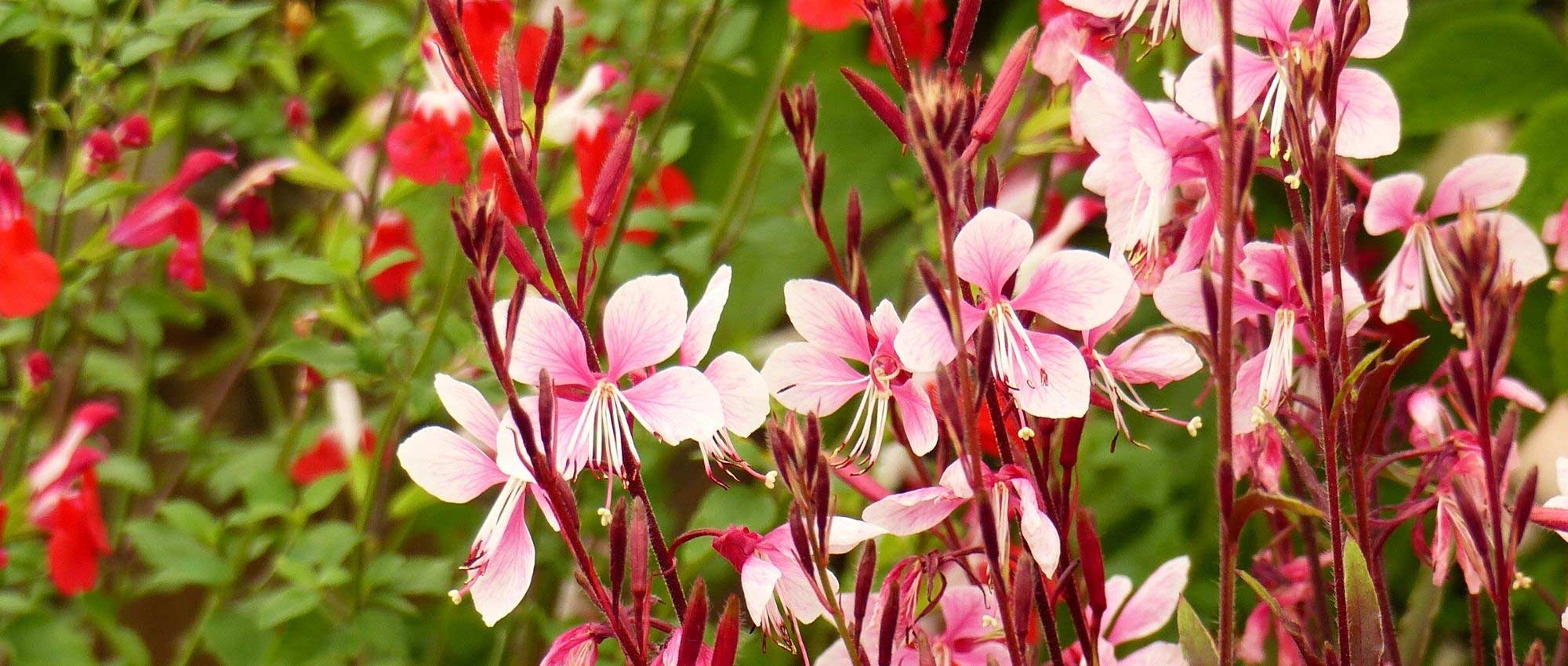
15 perennials that are easy to propagate
When taking a cutting becomes child's play!
Contents
Propagation by cuttings is a relatively simple vegetative multiplication technique and is faster than sowing for producing new young plants. Moreover, unlike sowing, which can lead to hybridization and cross-breeding, potentially revealing surprises, propagation by cuttings preserves all genetic characteristics of horticultural varieties. Young plants obtained are clones of the original young plant. To make a cutting, stems are used, sometimes leaves, or more rarely roots. We recommend in all cases using clean tools (knife, pruning shear…), sharpened and disinfected, to avoid transmitting diseases.
In this guide we reveal 15 perennial plants for which propagation by cuttings is child’s play! You will thus easily obtain new young plants.
In addition, if you want more advice and to learn how to make a cutting, discover our page dedicated to the different techniques of propagation by cuttings.
Sedum
Propagation by cuttings of sedums is particularly easy: some species even tend to produce roots spontaneously as soon as stems touch the soil. You can take leaf cuttings from species with fleshy foliage, or stem cuttings from large sedums (Sedum spectabile) and those with fine leaves (Sedum reflexum…). Best time to propagate is late spring, around May.
Start by preparing a pot with a well-draining mix, for example a blend of potting compost and sand, then moisten it. You can also sprinkle a thin layer of sand on the surface to prevent water pooling and rotting the cuttings.
- To make a leaf cutting, simply detach a few healthy leaves in good condition. Allow the wound to dry for 24 to 48 hours, as this reduces the risk of rot by giving it time to callus. Then place the leaves on the substrate. There is no need to bury them: generally mere contact with the substrate is enough for roots to form, whereas buried leaves may rot.
- To propagate stems of Sedum spectabile, take the tip of a stem about 5 to 10 cm long, then remove the leaves at the base, leaving only two or three leaves at the top. Plant it in a pot, slightly burying the base.
Sedum cuttings root easily: after a few weeks (usually 2 or 3 weeks), you will see new shoots appear. Note that you should then wait about 6 months before repotting, until the young cutting is robust enough.
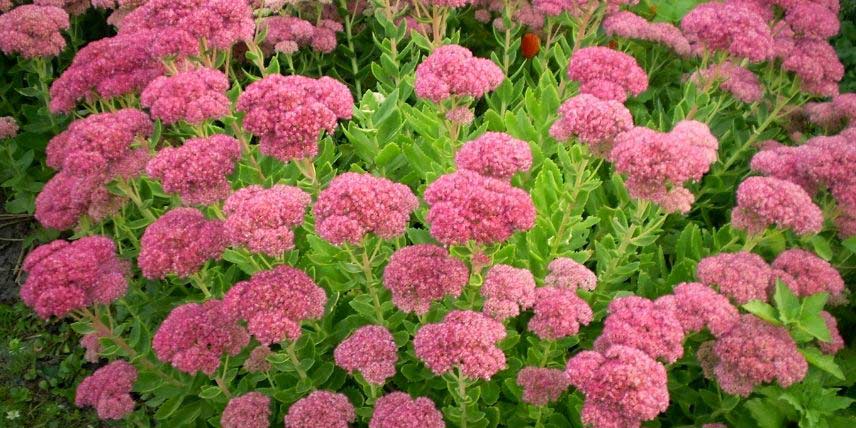
Sedum spectabile ‘Brilliant’
Aster
Propagation of asters by cuttings is an alternative to dividing clumps. This avoids reducing clumps already in place, and it can also be an opportunity to pinch asters to encourage them to ramify. Asters are particularly easy to propagate. Carry out in spring, around May.
Prepare a pot with potting compost, mixed with a little sand for drainage, then take a stem 10 to 12 cm long, cutting just below a node (leaf insertion point on the stem). Remove leaves from the lower two-thirds of the stem. Keep only a few leaves at the top of the cutting. You can dip the base of the stem in a plant hormone for cuttings. Make a hole in the compost, using for example a pencil, then plant the cutting, inserting it a few centimetres deep. Firm the compost around the stem to ensure good contact between compost and stem. Don’t hesitate to plant several cuttings in the same pot to obtain a nice clump straight away. Rooting time depends on species but is only a few weeks.
Place pot afterwards in a bright spot out of direct sunlight, and ensure the compost remains slightly moist. You can plant your cuttings in the ground the following autumn.
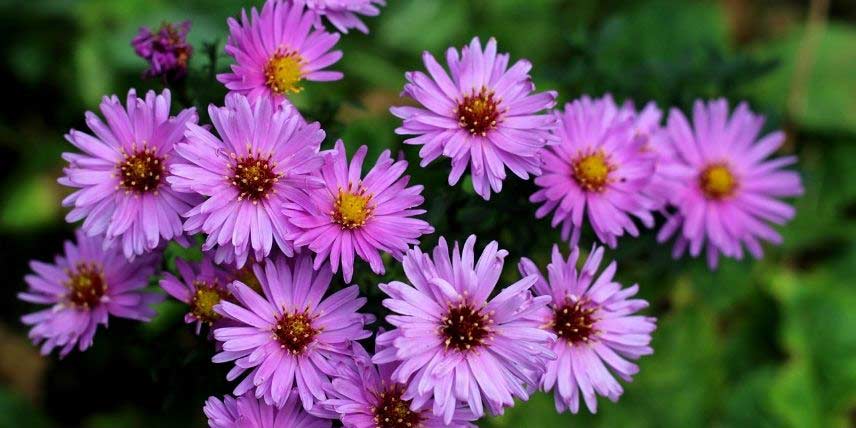
Discover other Perennials
View all →Available in 1 sizes
Available in 0 sizes
Available in 1 sizes
Available in 1 sizes
Available in 1 sizes
Available in 1 sizes
Available in 1 sizes
Available in 1 sizes
Available in 1 sizes
Available in 1 sizes
Heucheras
Propagation by cuttings of heucheras is ideal for rejuvenating clumps, as plants can become less attractive and thin out over time. Ideally propagate or divide every three to four years. Best time to propagate is autumn.
Choose a young plant that is fairly bushy and well developed, established for several years. Take a shoot, preferably from centre of the clump, at least 5 cm long, cutting with a pruning shear or a sharp knife.
Cut off most of the leaves inserted lowest on the stem. Keep only two or three small central leaves, among the youngest. Plant in potting compost, ideally in compost for sowing and cuttings, burying base of stem. Water moderately, but avoid excess moisture so your cuttings do not rot.
Heucheras generally take a little more than a month to take root and produce new shoots. You can plant out in spring.
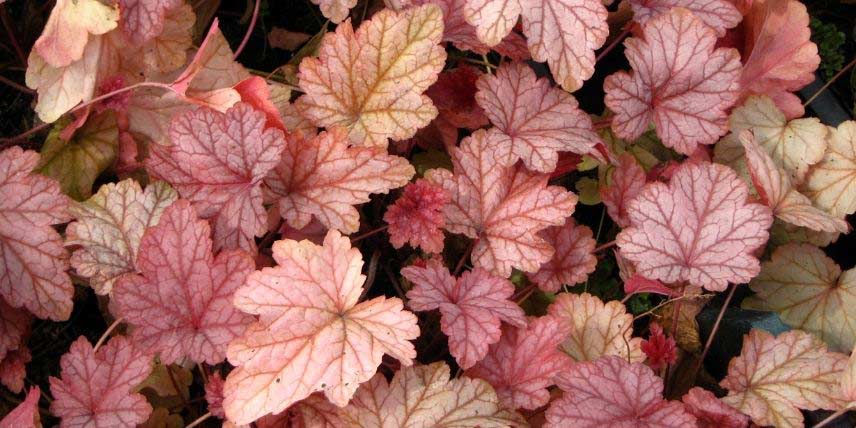
Heuchera ‘Vienna’
⇒ To see technique for propagation by cuttings of heucheras, discover our video: How to divide heucheras?
Read also
15 very easy plants to propagateChrysanthemum
We recommend propagating the chrysanthemums in spring, between March and mid-May. For this, take healthy stems about 10 cm long, cutting just below a node. Remove leaves inserted on lower half of the stem. Optionally dip base of the stem in plant hormone for propagation by cuttings. Plant in a mix of potting compost and coarse sand, then water. You can place a bottle or a plastic bag over the cutting (ensuring stem and leaves do not touch the wall), to create a humid atmosphere. This is known as an enclosed cutting. Ideally, temperature should be around 15 °C.
As soon as you notice new shoots appearing, indicating cuttings have taken, remove the bottle or bag to air them and prevent them from rotting.
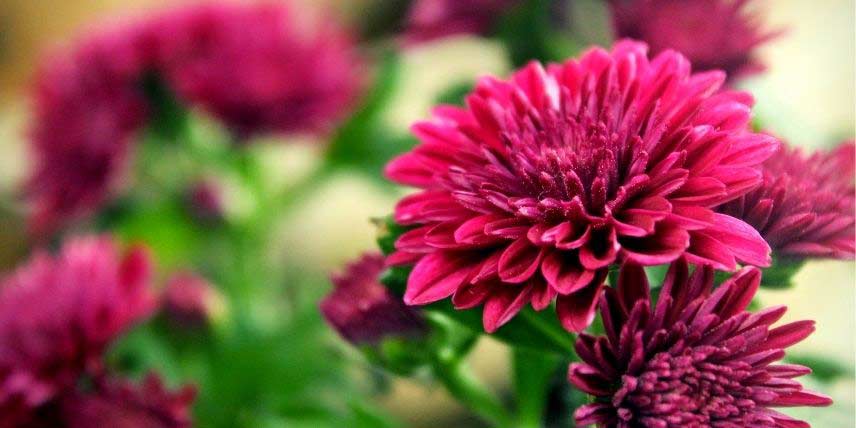
Nepeta
Propagation by cuttings is the easiest way to multiply nepeta. In addition, some sterile varieties, such as Nepeta x faasenii, cannot be propagated by sowing!
Nepeta cuttings are taken in summer, in June–July. Prepare a pot by filling it with potting compost, and water. Cut a stem about 10 cm long. It is preferable that it bears no flowers or flower buds; if it does, remove them. Also remove leaves from lower half of stem, leaving only a few leaves at the top, then plant your cutting in potting compost mixed with sand. Then place the pot in a bright spot out of direct sunlight, ideally at a temperature between 20 and 25 °C.
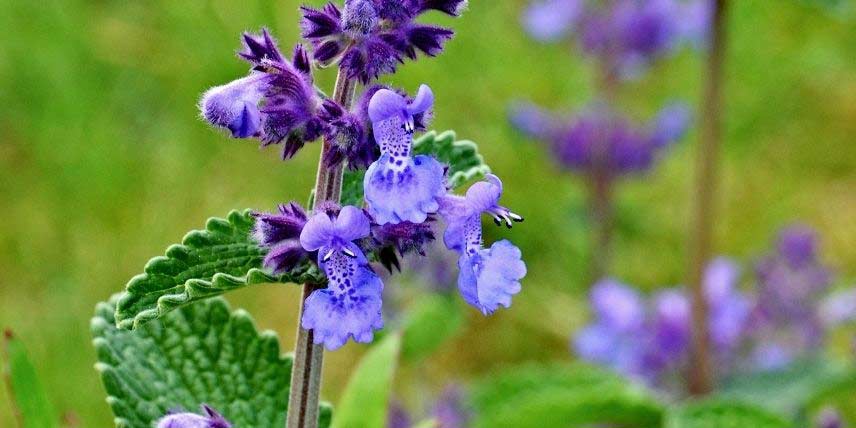
Nepeta cataria (photo JLPC)
Carnation
Propagation by cuttings of carnations or Dianthus is carried out in summer. Take a 5–10 cm stem preferably without flowers. If there are flowers, remove them. Remove leaves at base of the stem. Next, plant in a pot in a mix of compost and coarse sand, pre‑moistened. Two months later, you can repot the cuttings, and the following spring plant out in the open ground.
By propagating carnations this way you should achieve an excellent success rate.
Also see our advice sheet on propagation by cuttings and sowing of carnations!
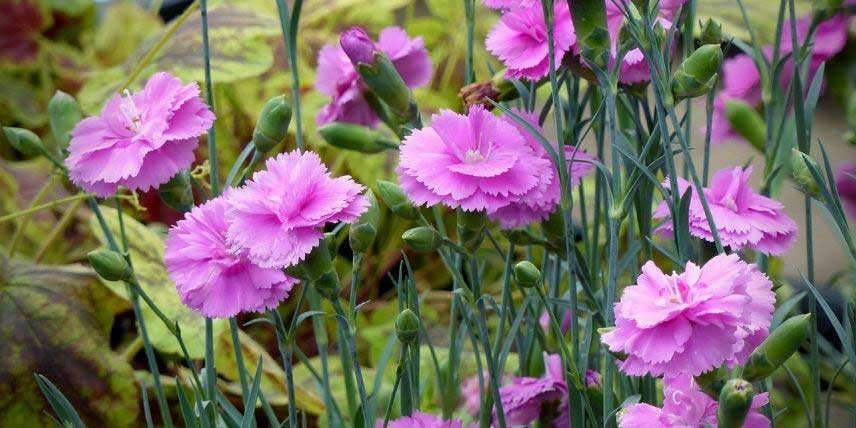
Dianthus plumarius ‘Scent First Tickled Pink’
Sage
Ornamental sages, as well as common sage, are easily multiplied by propagation by cuttings. Among them, shrubby sages, Salvia microphylla, are the easiest to propagate.
Take herbaceous cuttings between May and July. For this, cut a stem about 10 cm long. If it bears flowers or flower buds, remove them. Also remove the leaves at the base of the cutting, and, if necessary, reduce the leaf surface of the upper leaves (by cutting the lamina in two). You can dip the base of the cutting into plant hormone for propagation by cuttings to aid rooting. Plant in a mixture of potting compost and coarse sand, in equal parts. Place the pot in a warm, bright spot, out of direct sunlight.
Sage cuttings usually take root after 2 to 3 weeks.
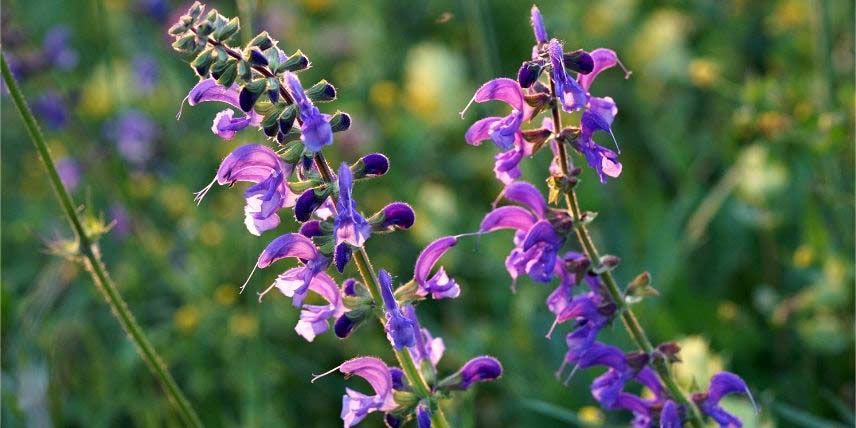
Salvia pratensis (photo Roman Eisele)
Santolina
Propagation by cuttings is the best way to multiply the santoline, as sowing is more difficult to succeed. Preferably take cuttings in summer. As plant requires regular pruning to maintain dense, compact habit, take advantage of pruning sessions to take cuttings.
Cut a stem at least 10 cm long. Then remove any flowers, and also remove the leaves on the lower two-thirds of the stem, keeping only a few at the top. Plant in potting compost mixed with coarse sand, and water. Place pot in bright position out of direct sun, and ensure compost remains slightly moist. We recommend placing cuttings under a cold frame to protect them from winter rigours, then plant them out in the garden the following spring.
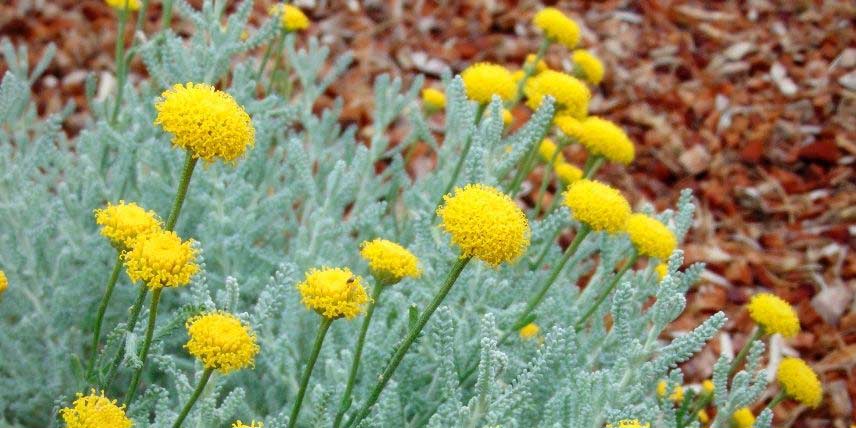
Santolina chamaecyparissus
Gaura lindheimeri
Gaura lindheimeri is very easy to propagate by cuttings, and usually roots easily. It can be done in spring from March, preferably before flowering, or from late summer (between August and October).
Prepare a pot with equal parts potting compost and coarse sand, and moisten it. Then take a non-flowering stem about 10 cm long. Dip the base of the stem in plant hormone for cuttings. Make a hole in the substrate using a pencil, for example, and plant it. Place your cuttings in a bright spot out of direct sun, ideally at around 20 °C. Cuttings take easily and usually root after about two weeks.
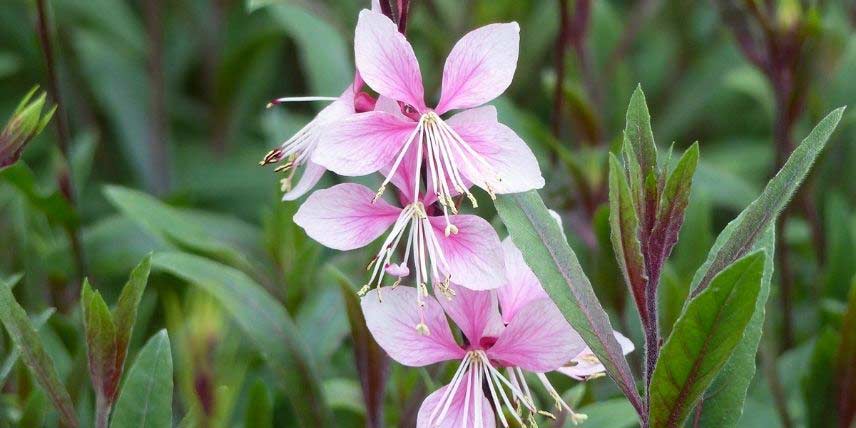
Gaura lindheimeri ‘Cherry Brandy’
Penstemon
Propagation by cuttings is also the best way to multiply Penstemon. We recommend doing this in late summer, around August.
Prepare a pot with a mix of potting compost and coarse sand. Take a non-flowering stem about 10 cm long. Cut just below a node (point where leaves attach to stem). Remove leaves from lower two-thirds of cutting, leaving only two or three leaves at top of stem. Keep growing medium slightly moist.
Cuttings of Penstemon generally take around three weeks to root.
Place them in frost-free shelter for winter, and wait until spring to plant out in ground.
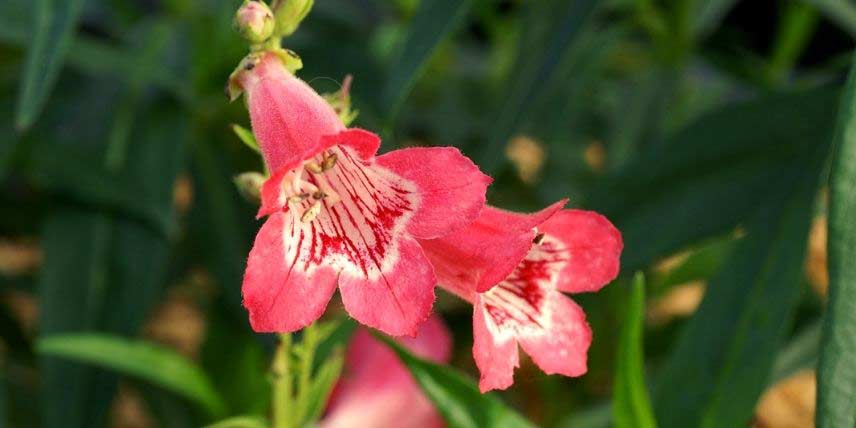
Penstemon ‘Souvenir d’Adrien Régnier’
Agastache
Agastache propagates very well by sowing; it also tends to self-seed, but different varieties hybridise easily. Propagation by cuttings is the ideal solution to preserve all characteristics of a variety.
Take cuttings from semi-woody stems in summer, around August. For this, take a non-flowering stem about 15 cm long. Remove leaves, leaving only a few at the top of the cutting. Plant in potting compost mixed with coarse sand or vermiculite.
Overwinter your cuttings in a frost-free shelter, then plant out in spring.
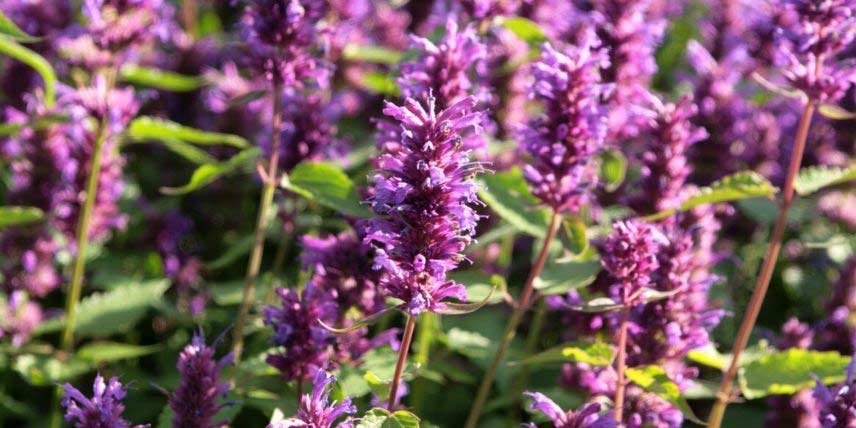
Agastache ‘Blue Boa’
Wallflower
Propagation by cuttings of the wallflower is best done in late summer, once flowering has finished, but it can also be carried out in spring.
Cut a terminal stem 10 to 15 cm long. Remove any faded flowers, and remove leaves from the lower two thirds of the stem, keeping only a few at the top. Optionally dip the base of the stem in plant hormone for cuttings to encourage root formation. Plant in a mix of potting compost and sand or vermiculite. Then place the pot under cover, in a bright spot but out of direct sunlight.
Roots begin to appear after about 2 months. You can then pot on your cuttings in autumn or the following spring.
It is also possible to plant cuttings directly in open ground.
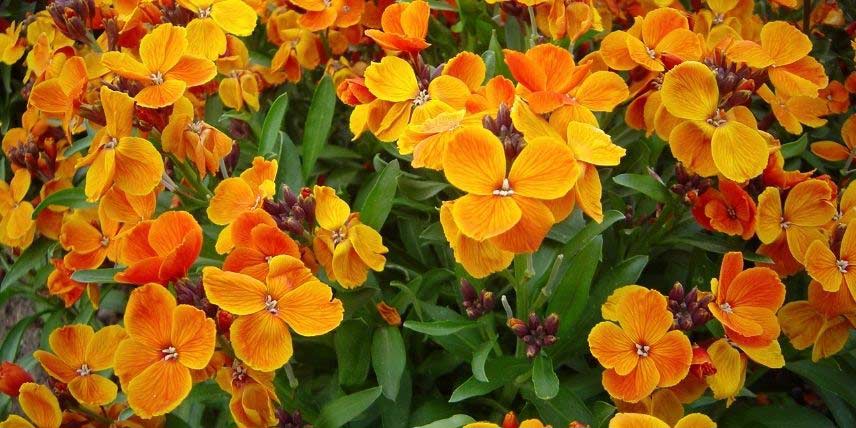
Erysimum cheiri ‘Orange Bedder’ (photo David Monniaux)
Mugwort
To multiply Artemisia, take tip cuttings in early summer, from June onwards. Cut the tip of a current-year shoot, about 10 cm long. Remove leaves from lower two-thirds, then insert the cutting into a well-draining substrate. No need to use plant hormone, as Artemisia root very easily. Place pot out of direct sun and ensure potting compost does not dry out.
Two months later, you can pot on into larger pots. Keep them in frost-free shelter for winter, and plant out in garden the following spring.
It is also possible to take heel cuttings from woody species.
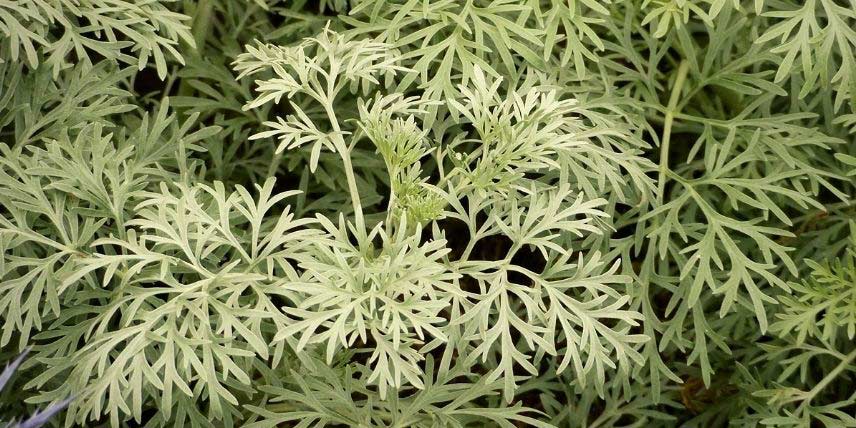
Artemisia ‘Powis Castle’
Stachys
Stachys, like most plants in the Lamiaceae family, is also easy to propagate.
You can propagate Stachys in early summer. Take a flower spike from the base of the clump, detaching it with a fragment of rootstock. Then cut the top of the flower spike, keeping only a section about 10 cm long. Pot into a mix of potting compost and sand, then water.
Stachys cuttings are therefore virtually foolproof, since the stem already has a section of rootstock from which it can produce new roots.
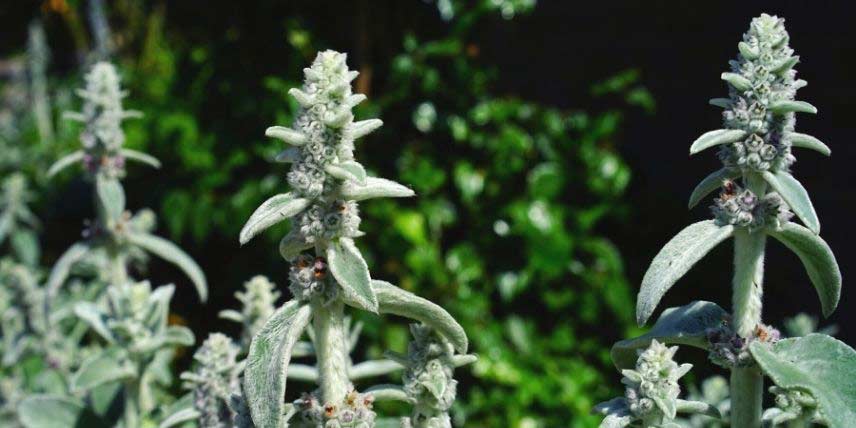
Stachys byzantina
Lamium
Propagate Lamium in summer, once flowering has finished. Start by cutting a stem by taking it fairly low, at the base of the plant. Trim it back so only the lower part of the stem remains. We then recommend placing it in water, while roots form, then potting it. Place your cuttings in a bright, shaded spot. The following spring, you can plant them out in the ground.
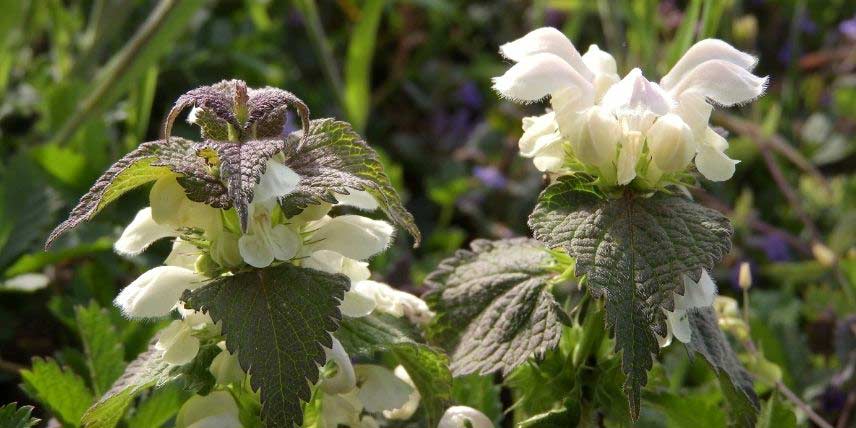
Lamium album
Further reading
Discover our other advice sheets:
- 15 easy-to-propagate bushes
- 7 easy-to-propagate climbing plants
- 15 very easy-to-propagate plants
- Propagation by cuttings: everything you need to know about different techniques
- Subscribe!
- Contents
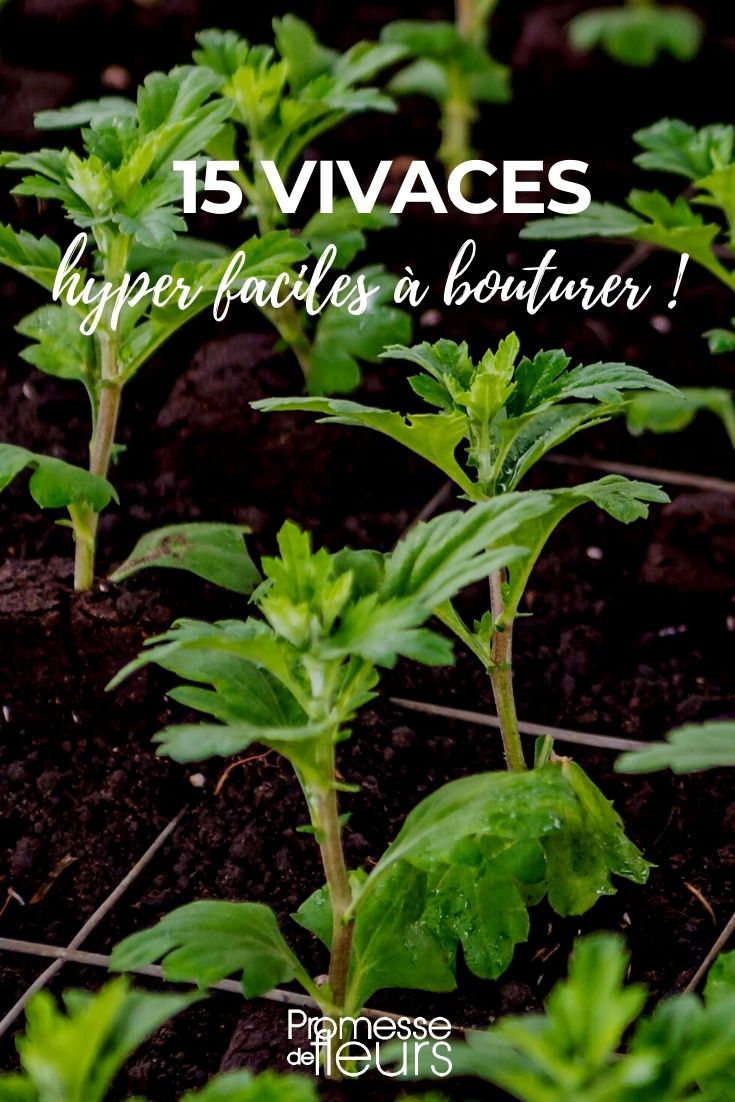































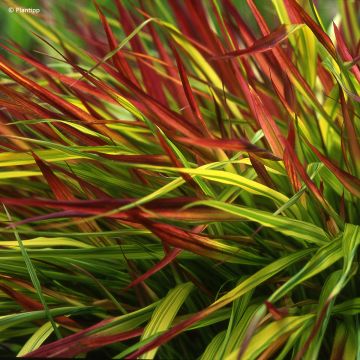

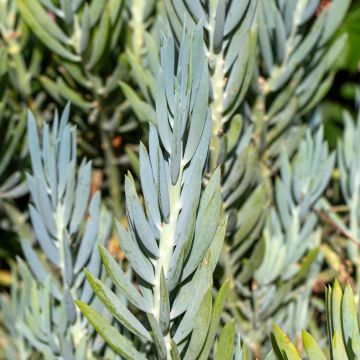
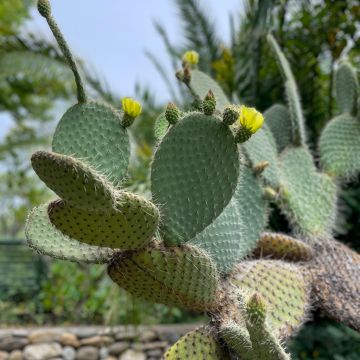
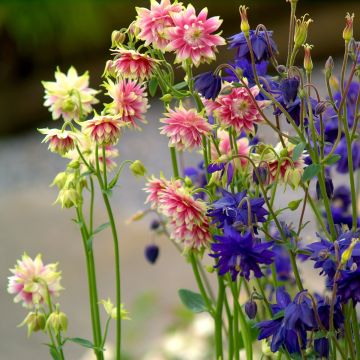
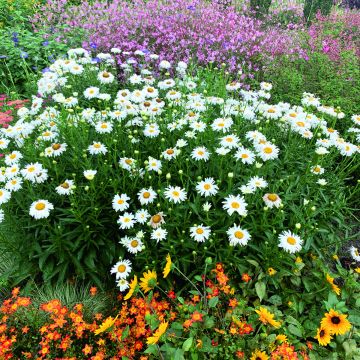
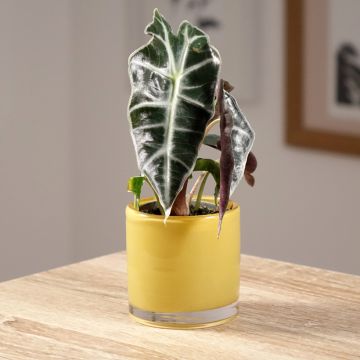
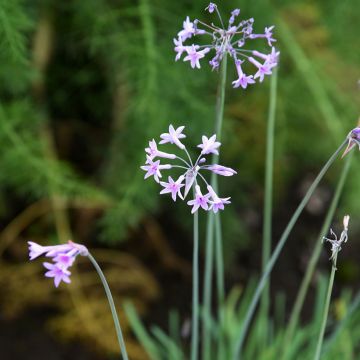
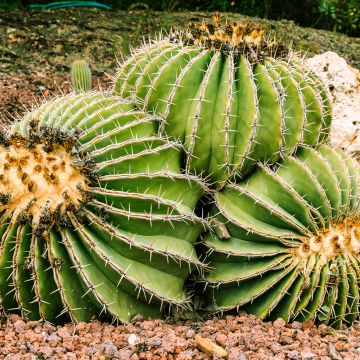
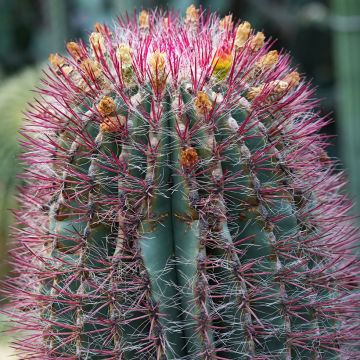
Comments